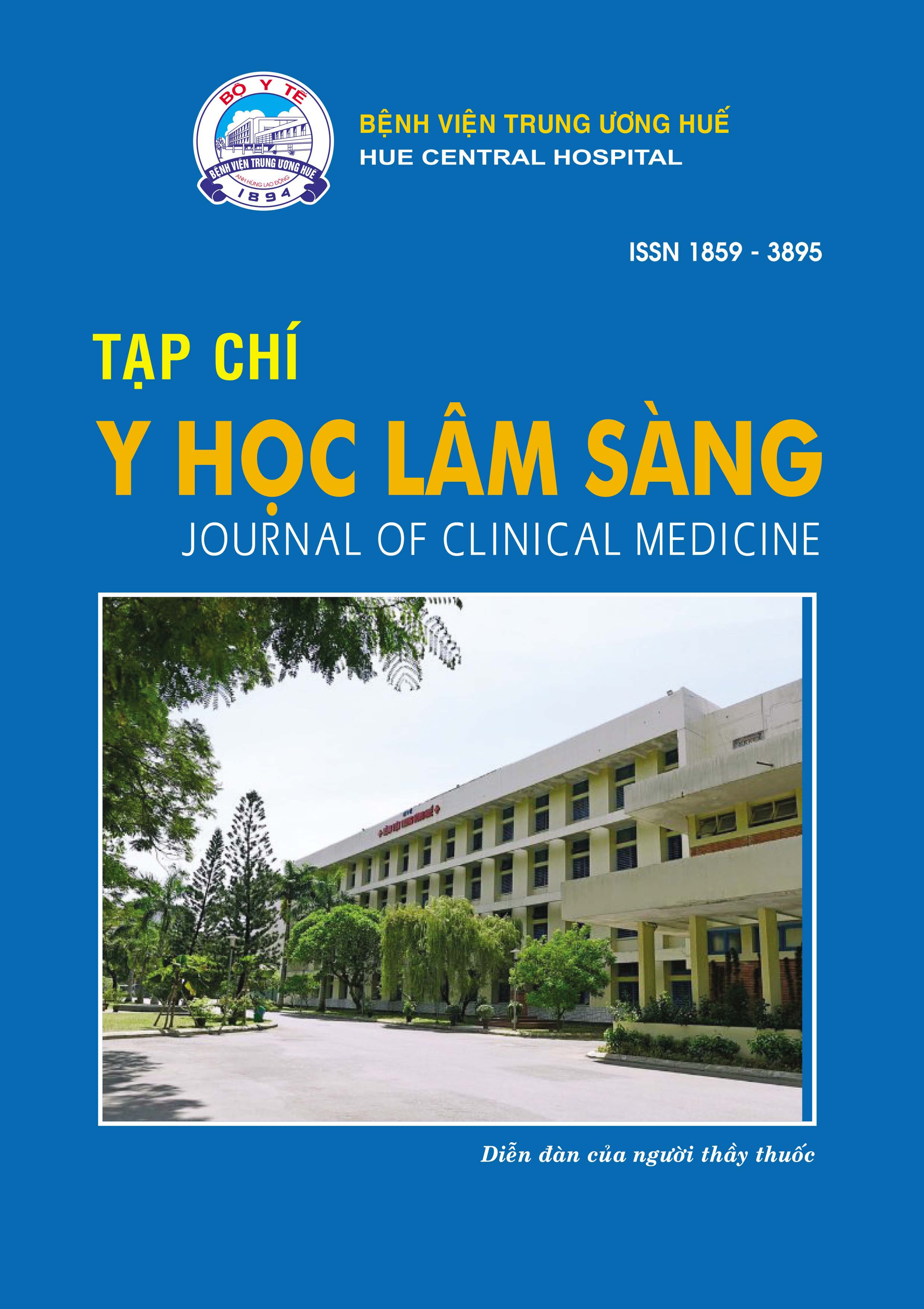Abstract
Objective: Determine the value of propofol target in the brain based on the electroencephalography (EEG) of entropy in anesthesia in cardiac surgery. Investigations of hemodynamics, respiratory changes and endotracheal extubation in these patients.
Subjects and methods: A study of 50 patients with heart valve surgery was planned to target intra venous anesthesia with propofol in combination with entropy digitizing electroencephalography (RE, SE), aged 16-60, ASA II, III, EF > 40%. Record the value of Ce during the maintenance period to achieve RE, SE in the range 40-60.
Results: Ce-propofol values during intubation ranged from 2.93 ± 0.70 to 3.14 ± 0.79 mcg/ml, the average loss of consciousness and the onset of anesthesia were 46.78 ± 11.58 seconds and 12.8 ± 2.9 minutes, the concentration for pre-circulatory surgical procedures ranged from 3.28 ± 0.85 to 3.72 ± 0.94 mcg/ml, at the time when the extracellular circulation began to take on a total of 3.55 ± 0.96 mcg/ml and the period after the extracorporeal period ranged from 2.79 ± 0.62 to 2.84 ± 0.62 mcg/ml, the average anesthetic time
is 263.3 ± 44.4 minutes. Heart rate, blood pressure, and respiration were maintained stably, average intubation time was 4.20 ± 0.96 hours.
Conclusion: Propofol’s target concentration in the brain based on entropy digitized electroencephalography during the onset of anesthesia and maintenance for cardiac surgery is Ce 2.93 ± 0.70 to 3.14 ± 0.79 mcg/ml and 2.79 ± 0.62 to 3.72 ± 0.94 mcg/ml, 100% early extubation
References
Hoàng Văn Bách, (2012), Nghiên cứu điều chỉnh độ mê theo điện não số hóa bằng nồng độ đích tại não hoặc nồng độ phế nang tối thiểu
của thuốc mê, Luận án tiến sĩ, Bộ Giáo dục và Đào tạo - Bộ Quốc Phòng, Viện nghiên cứu khoa học Y Dược lâm sàng 108.
Tạ Đức Luận, Nguyễn Thị Quý, (2015), Đánh giá hiệu quả vô cảm và tính an toàn của gây mê propofol kiểm soát nồng độ đích cho nội soi tán sỏi niệu quản ngược dòng ở bệnh nhân ngoại trú, Luận án Tiến sĩ y học, Viện nghiên cứu khoa học Y dược lâm sàng 108.151.
Nguyễn Văn Minh (2013), “Early extubation anesthesia in cardiac valve surgery”, Journal of Medicine and Pharmacy, vol 67 - 71.
Nguyễn Quốc Khánh (2008), “Bước đầu so sánh gây mê tĩnh mạch hoàn toàn bằng propofol có hay không kiểm soát nồng độ đích”, Đại hội Gây mê hồi sức Việt Nam, vol 208-221.
Võ Đại Quyền, (2019), Nghiên cứu ứng dụng gây mê rút nội khí quản sớm ở bệnh nhân phẫu thuật van tim, Luận văn chuyên khoa cấp II, Trường Đại học Y Dược Huế.82.
Trần Viết Vinh, Nguyễn Hồng Sơn (2015). “ Một số nhận xét về gây mê hồi sức trong phẫu thuật thay van tim tại Bệnh viện 175”, hội gây mê hồi sức Việt Nam.
Phan Thị Thu Yến, Nguyễn Văn Chừng (2008), “Gây mê hồi sức trong phẫu thuật tim trên BN có tăng áp phổi tại Bệnh viện Chợ Rẫy”, Tạp chí Y học thành phố Hồ Chí Minh, 1/2008, tr. 84-92.
American Society of Anesthesiologists Task Force (2006), “Practice advisory for intraoperative awareness and brain function monitoring”, Anesthesiology,
Glen JB (1998), “The development of Diprifusor’: a TCI system for propofol”, Anaesthesia, vol 53,pp 13-21.
Kruger Thiemer E. (1968), “Continuous intravenous infusion and multicompartment accumulation”, Eur J. Pharmacol, vol 4,pp
-324.
Lomivorotov V.V., Efremov S.M. (2017), “Low-Cardiac-Output SyndromeAfter Cardiac Surgery”, Journal of Cardiothoracic and Vascular Anesthesia, 31, pp. 291 - 308.
Mahmoud L. A. (2013), “Evolution of Electroencephalogram Signal Analysis Techniques during Anesthesia”, Sensors,
Michael Sanclair, Rhys Evans (2007), “Cardiac surgery”, Oxford Handbook of Anaesthesia, 2nd edition, pp. 319-340.
Ranjan R.V.Ramachandran T.R. (2016), “Comparison of fast-track anesthesia and conventional cardiac anesthesia for valve replacement
Roger A Moor, Donald E Martin (2003), “Anesthetic management for the treatment of valvular heart disease”, Cardiac Anesthesia, 3rd edition, pp. 302-334.
Russell D., Wilkes MP., Glen JB. et al. (1995), “Manual compared with target-controlled infusion of propofol”, Br J Anaesth, vol 75,pp 562-566.
| Published | 27-01-2025 | |
| Fulltext |
|
|
| Language |
|
|
| Issue | No. 61 (2020) | |
| Section | Original article | |
| DOI | 10.38103/jcmhch.2020.61.13 | |
| Keywords | : Nồng độ đích của propofol, điện não số hóa entropy, phẫu thuật van tim Propofol’s target concentration, entropy digitized electroencephalography, cardiac surgery |

This work is licensed under a Creative Commons Attribution-NonCommercial-NoDerivatives 4.0 International License.
Copyright (c) 2020 Journal of Clinical Medicine Hue Central Hospital

